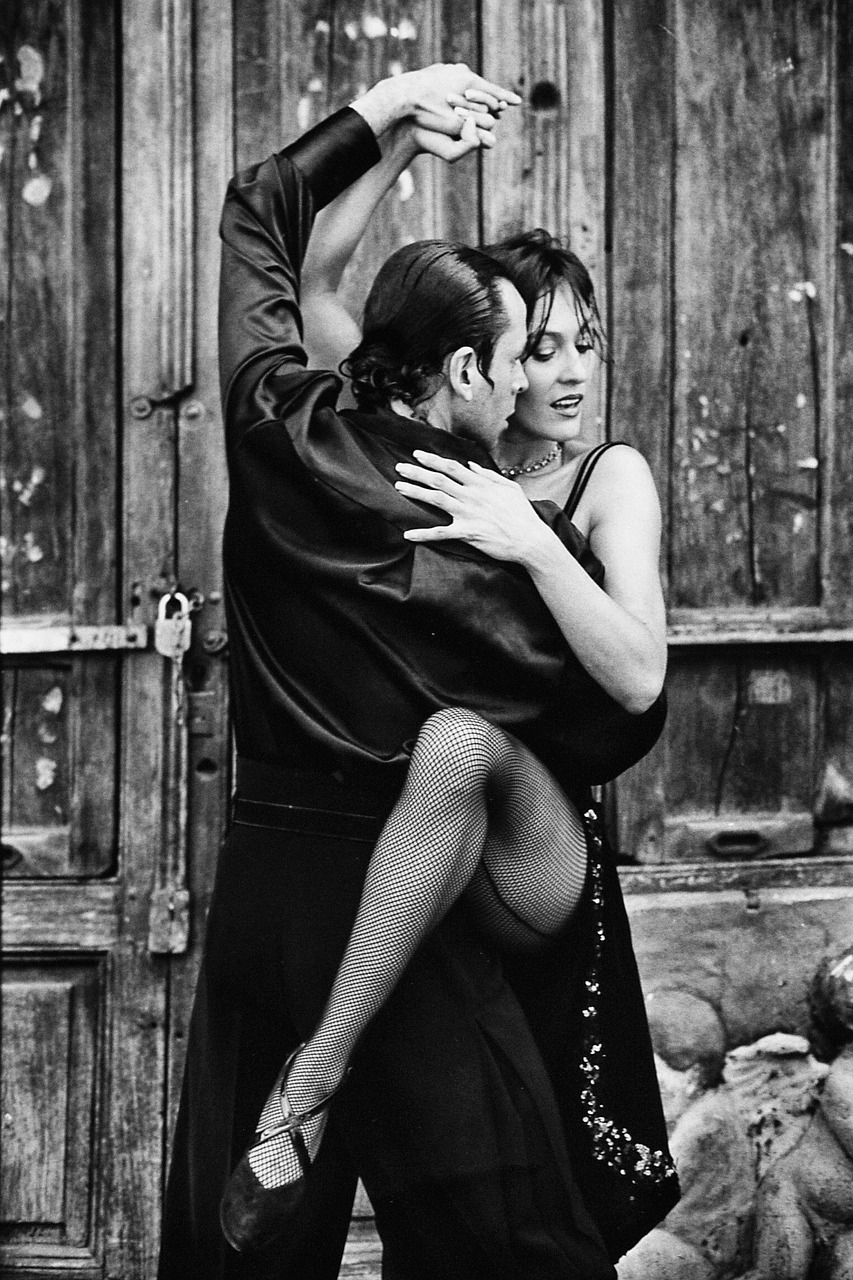Códigos and Yeta (Codes and Superstitions) of Argentine Tango

Argentine Tango has developed a set of codes and superstitions over its history.
- The Invitation to Dance
The invitation to dance is traditionally made with a “Cabeceo,” which is a head nod by one dancer met with eye contact. The Cabeceo is done during a cortina or early in the tanda. The benefit of the Cabaceo is that it allows for unwanted dances to be declined, and prevents any embarrassment that comes with a rejected tango dance.
- How many songs do I dance with a partner?
Argentine tango is danced in song sets called “Tandas.” A tanda is a set of three or four songs of one type of tango music – either tango, vals or milonga. If you accept a dance, you are expected to finish all of the songs with that partner. “Breaking the Tanda” is considered rude, and it should not be done. Dancing two or more Tandas with the same person is also usually not done. It suggests a romantic interest in your partner, and is seen as a flirtatious act.
- When does the Tanda end?
After three or four songs, the Tanda is followed by a “cortina” (curtain). It is normally a non-tango song that lasts for about a minute. During the cortina, the dancers return to their seats. Traditionally, it is frowned upon to dance to the music of a cortina. Though it happens.
- Give Priority To Those Currently Dancing
Never walk across the dance floor while people are dancing. When you get up to meet your dance partner, move to the outside edge of the dance floor. It is important to be mindful of those already dancing and defer to them before entering the dance floor.
- The Right Of Way On The Dance Floor
Entering the line of dance in a crowded dance floor can be tricky. It is important to establish eye contact with the dancer approaching at your left before you enter the line of dance to avoid collision.
- Distance Between Couples
Always be mindful of the distance between you and your partner, and the couple ahead of you. Do not dance too closely to the couple ahead of you, or there could be a collision if they make a turn. Conversely, do not allow that distance to become too large. Never move backwards into the space of the couple behind you.
- When The Dance Floor Becomes Crowded
It is important to adapt your movements to the size of the crowd dancing. In a crowded social setting, the follower’s feet should largely remain on the floor in order to avoid hitting anyone. Minimize large sweeping steps to avoid possibly hit another couple.
- Small Talk
It is frowned upon to talk whilst dancing. Small talk is appropriate in between songs, or if you are sitting and not dancing.
- Feedback/ teaching
It is not appropriate to give or receive feedback during Milongas. Correcting someone during this time takes away from the mutual enjoyment of the dance. Prácticas and classes provide opportunities for this type of interaction.
- Yetas
Somewhat related is “yeta” – superstitions. For example, one doesn’t dance to the well-known tango “Adiós Muchachos” as it is (falsely) believed the last one sung by Carlos Gardel before his untimely accident leading to his death.


